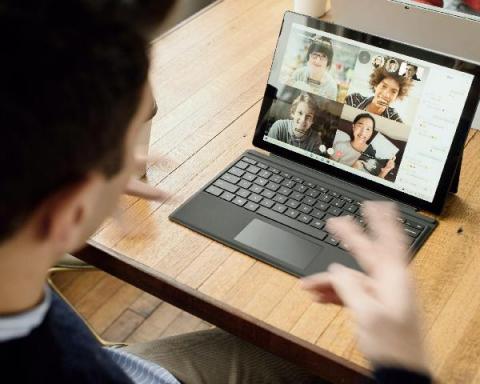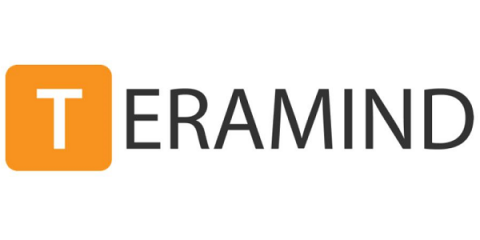What are the Characteristics of an Effective Hybrid Workplace?
Remote work has been on the rise since the abrupt transition from physical to virtual workplace because of the COVID-19 pandemic. Organizations and companies have seen the need to adapt to the virtual setup to continue their operations. With an effective hybrid workplace, the quality of work and the team’s engagement could be maintained in the post-pandemic.








